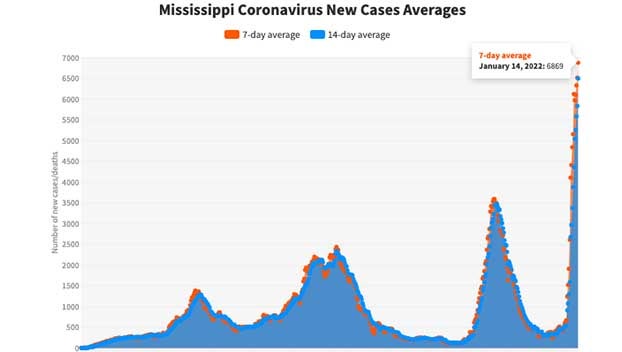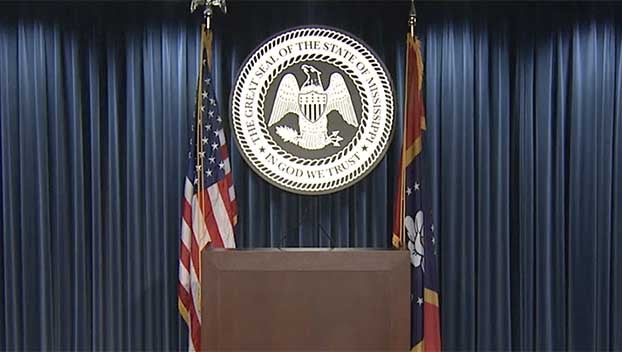Justice department should explore results of city’s teacher choice policy
Published 10:22 pm Thursday, April 11, 2019
A story about the Brookhaven School District by the Mississippi Center for Investigative Reporting makes plain the two methods of segregating public schools.
There is the 1969 method, when the U.S. Supreme Court, weary of foot-dragging by many Southern school districts who feared the 15-year-old Brown v. Board of Education ruling, ordered immediate integration. This led to the 1969 and 1970 establishment of private schools in the state as many whites immediately left the public schools.
Then there is the modern method, a drama that has already played out in many towns across the state and may be coming soon to Brookhaven.
This method is comparable to a slow leak in a balloon, but the long-term result is the same: too few white students.
The federal government plays a role in this through the U.S. Department of Justice. For years their attorneys consistently have convinced judges that public schools are using illegal methods to keep white parents happy. But their remedies have encouraged white families to abandon ship, thus producing the exact segregation they claimed to oppose.
In Brookhaven, 35 percent of students are white — a fairly sizable figure for a municipal school district in this part of the state. (By comparison, McComb’s student body is about 7 percent non-black.) One reason for this, according to the MCFOI story, is that Brookhaven still allows elementary school parents to request teacher assignments for their children.
While both black and white parents make these requests, the end result is classrooms of mostly white students, while others have only black students. The Justice Department, if it has not already, is sure to question whether this creates the legally required equity in schools.
The honest answer probably is no — even though it is reasonable to assume, as a black parent said in the MCFOI story, that many black families want their children grouped together or under the instruction of a black teacher.
But if the experiences of other school districts around the state are any guide, including McComb about a decade ago, Brookhaven will agree — or be forced — to change its elementary classroom assignments to a system that, over time, will discourage white families from enrolling at the elementary schools.
That is the modern method of segregation in action: Brookhaven’s percentage of white students will slowly decrease until the district is 90 percent black. That in itself is not a bad thing, but such an imbalance meets no one’s goal of an integrated school, with children from different backgrounds learning together peacefully.
Maybe Brookhaven can figure a way out of a dilemma that has eluded so many other districts. It would be nice if the Justice Department acknowledged the evidence of its handiwork and allowed some elementary school experimentation, but that’s unlikely.
The more realistic chance of success will be in appealing to white Brookhaven parents to stick with the public schools. It shouldn’t have to be that way, but it is. Most parents today have education options, and it’s clear that the feds are the only ones who refuse to understand that.
This editorial was originally published in the McComb Enterprise-Journal newspaper.






